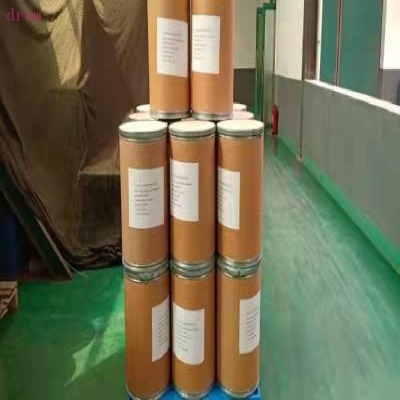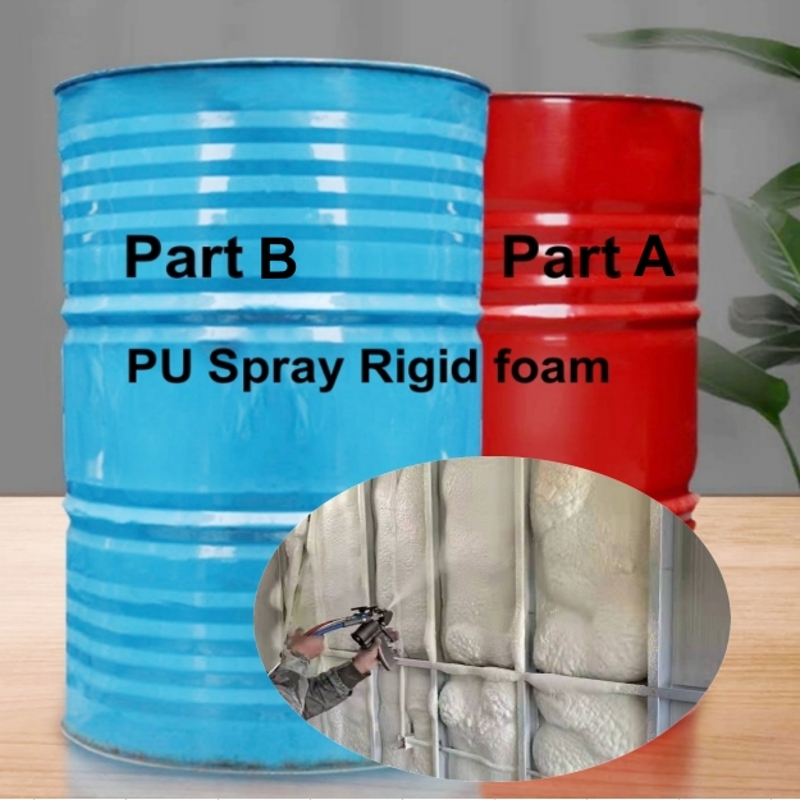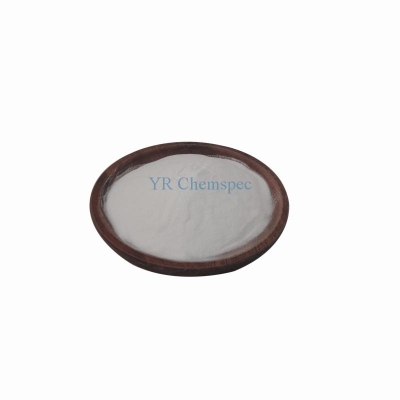-
Categories
-
Pharmaceutical Intermediates
-
Active Pharmaceutical Ingredients
-
Food Additives
- Industrial Coatings
- Agrochemicals
- Dyes and Pigments
- Surfactant
- Flavors and Fragrances
- Chemical Reagents
- Catalyst and Auxiliary
- Natural Products
- Inorganic Chemistry
-
Organic Chemistry
-
Biochemical Engineering
- Analytical Chemistry
- Cosmetic Ingredient
-
Pharmaceutical Intermediates
Promotion
ECHEMI Mall
Wholesale
Weekly Price
Exhibition
News
-
Trade Service
20.
1.
2 Metabolism and Toxicology
20.
1.
2.
1 Metabolism in the body
Except for SAL, which has a bioavailability of 73%, the bioavailability of other PEs is very low, only 1% to 30%
.
PEs are widely distributed in animals.
Among them, liver and egg residues have the highest concentration, followed by skin/fat, kidney and muscle
PEs is quickly eliminated in the body, and the plasma half-life t1/2β is 0.
2-12h
.
The vast majority of drugs and their metabolites (>90%) are excreted in feces, and a small part (<5%) is excreted in urine
.
Ionophore anticoccidial drugs (such as MON, MAD, etc.
) can be metabolized extensively in the body, and the structure of some metabolites is even very complex
.
In contrast, the structure of non-ionophore substances (such as chlorphenirin hydrochloride , decoquinate, etc.
) in the body is basically unchanged
20.
1.
2.
2 Toxicology and adverse reactions
PEs is more toxic, has a narrow safety range, excessively large doses, uneven mixing of drugs in feed, application to non-target animals or combined application with other drugs can cause poisoning
.
MON, mouse oral LD SAL, LAS and the MAD 50 were 44mg / kg, 50mg / kg, 146mg / kg and 35 mg of / kg
.
High-dose PEs mainly produce cytotoxic effects by interfering with the ion balance and energy metabolism of animal cells, causing cell degeneration or necrosis
.
Intravenous injection of a small dose of MON can produce a selective coronary vasodilation effect.
When the dose is increased, it can cause the heart contraction rate to increase and the contraction intensity to increase
The poisoning caused by PEs in the therapeutic dose is caused by the combined use of certain antibacterial drugs
.
Many studies have reported that MON, SAL, NAR and Tiamulin fumarate premix (TFP) have contraindications.
This is due to the fact that TFP reduces the metabolic transformation of ionophore antibiotics in the liver, thereby increasing the concentration of ionophore antibiotics in the body
Related links: physical and chemical properties and uses of polyether drugs







